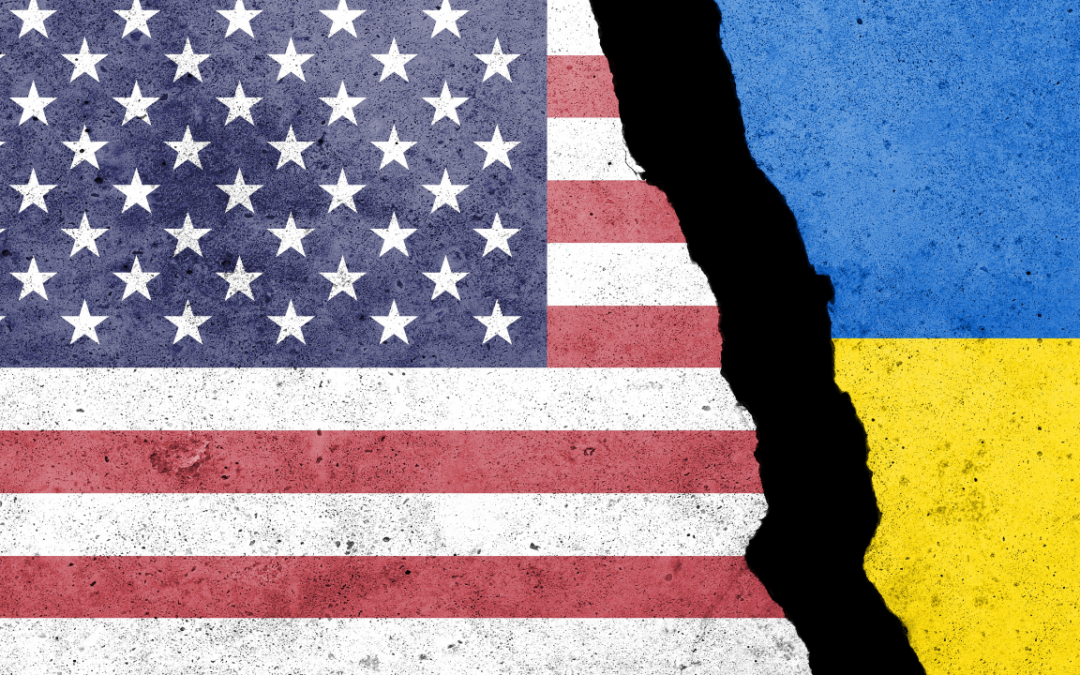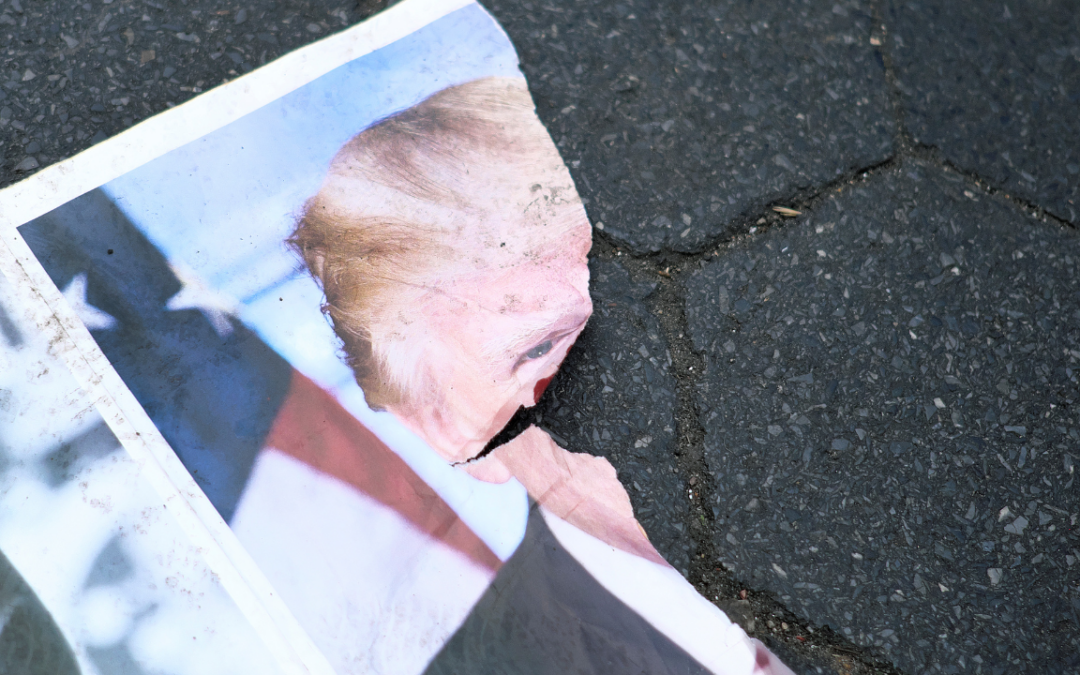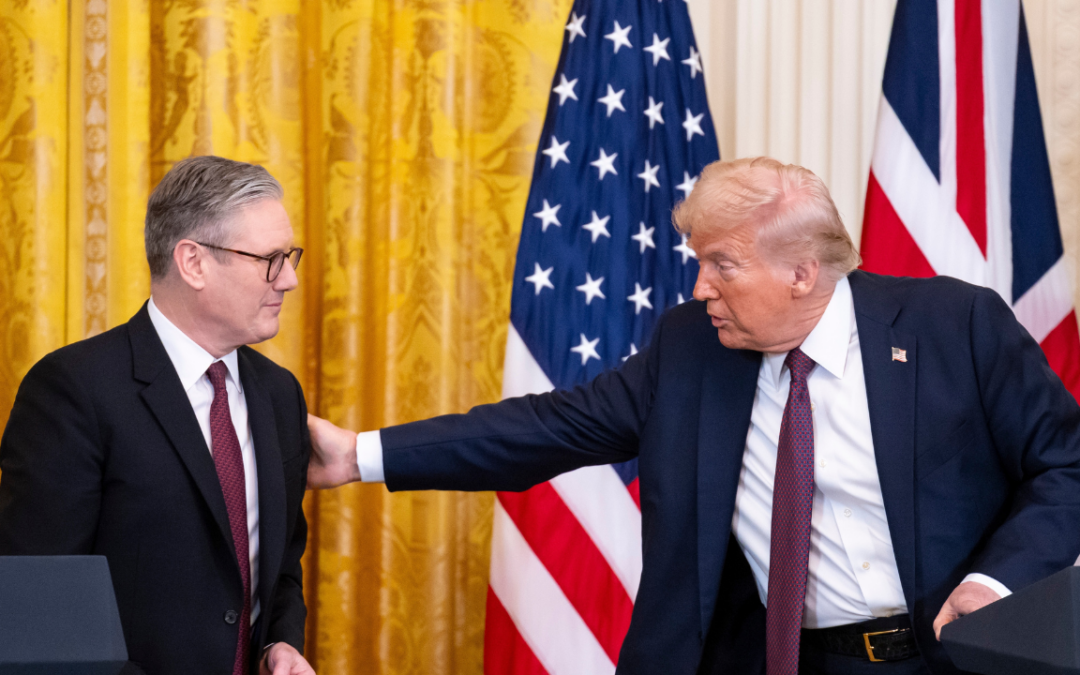Originally published at Project-Syndicate | Nov 22nd, 2024
Nearly two months before his return to the White House, Donald Trump appears intent on pressuring Ukraine to accept territorial losses in exchange for ending the war. Although a quick resolution may seem appealing, forcing Ukraine to capitulate would merely embolden Russia and its Chinese, Iranian, and North Korean allies.
URBANA, ILLINOIS/BERKELEY/KYIV – US President-elect Donald Trump has claimed that he could end the Russia-Ukraine war in a single day. While he has yet to outline the specifics of his plan, some of his advisers have suggested that he intends to pressure Ukraine to accept territorial losses and agree to non-NATO status in exchange for Russia halting its military operations. If Ukraine rejects the deal, the United States will cut military and economic aid. If Russia declines, the US will provide Ukraine with more advanced weaponry.
Unfortunately, this approach is based on a flawed assumption. Russian President Vladimir Putin’s primary goal is not territorial expansion but the subjugation of the Ukrainian people, effectively erasing Ukraine as a sovereign, independent entity. The atrocities committed by Russian forces in occupied eastern Ukraine – torture, rape, extrajudicial killings, and kidnappings – offer a grim preview of the future that awaits should Putin prevail.
Moreover, Putin, convinced that he is “winning” the war, has shown no genuine interest in compromise. Instead, Russia continues to insist on Ukraine’s total surrender. China, eager to undermine the West, has been more than willing to supply Putin with weapons, equipment, and financial resources to sustain his campaign. If Trump were to call Putin to negotiate, he would probably hear tales of “Ukrainian Nazis,” “historic Russian lands,” and imaginary NATO “threats” to Russian security.
Ukraine, for its part, remains determined to fight for survival. President Volodymyr Zelensky has made it clear that while Ukrainians want to end the war more than anyone, they demand a just peace and lasting security. A land-for-ceasefire deal would provide neither, as Russia has repeatedly shown itself to be untrustworthy. Just in the past few years, Russia has blatantly violated numerous treaties and agreements, including the 1945 UN Charter, the 1970 Nuclear Non-Proliferation Treaty, the 1997 Black Sea Fleet Treaty, the 1998 Russia-Ukraine Friendship Treaty, the 2003 Treaty on the Azov Sea and Kerch Strait, and the Kharkiv Pact of 2010.
At the same time, America’s failure to deter Russia’s aggression in 2014 and 2022, combined with its reluctance to leverage its power to defend Ukraine, has significantly eroded its credibility. With more than 70% of Ukrainians willing to continue fighting, Zelensky cannot agree to any deal that lacks concrete security guarantees and robust enforcement mechanisms.
Trump’s anticipated Ukraine “peace” deal should raise alarm bells in countries like Poland, Sweden, Finland, the Baltic states, Norway, Japan, and South Korea. Allowing Putin to claim victory would set a dangerous precedent, encouraging future acts of aggression – especially with a Trump-led US undermining NATO and other military alliances.
As world leaders consider the possibility of a negotiated solution, they would do well to remember how trusting Adolf Hitler’s assurances about the Sudetenland enabled Nazi Germany’s destruction of Czechoslovakia and paved the way for World War II. Democratic countries today face a similar choice: support Ukraine to prevent future conflicts or risk those wars reaching their own borders. Confronted with an emboldened axis comprising Russia, China, Iran, and North Korea, failing to act decisively would invite further aggression.
Although the US remains a dominant economic and military power, it cannot fully control the actions of major geopolitical players. The European Union, for example, has steadily increased its share of the military and economic aid to Ukraine and is expected to continue doing so. Ukraine has sufficient financial resources to sustain its defense efforts for at least a year, and with $320 billion in frozen Russian assets held primarily in Europe, the EU could finance Ukraine’s needs – estimated at $100 billion annually – for years to come.
Meanwhile, European countries like Denmark and Norway are actively investing in Ukraine’s defense industry, helping to develop new capabilities such as munitions production and AI-powered drones. European countries are also ramping up their own defense efforts, albeit gradually. Friedrich Merz, who is likely to succeed German Chancellor Olaf Scholz after the February election, appears more committed to helping Ukraine than the current government.
In addition to receiving broad public support, backing Ukraine aligns with the strategic interests of key US and European industries. American energy firms are positioning themselves to replace Russia as Europe’s primary suppliers, particularly if the EU tightens its economic sanctions, and US defense contractors are profiting from providing weapons to Ukraine and its allies. Slovakia offers a striking example: despite Prime Minister Robert Fico’s anti-Ukrainian rhetoric, Slovak arms manufacturers continue to supply Ukraine with essential military equipment.
Moreover, Russia is already running out of critical resources: its economy is overheating, with a policy interest rate of 21%; its military is suffering heavy losses, which Ukrainian sources estimate are running at 1,800 Russian soldiers killed or seriously wounded every day; and its Soviet-era weapon stockpiles are being rapidly depleted. Enabling an economically underdeveloped, crony-capitalist state to pursue its imperial ambitions would hardly be a flattering legacy.
In fact, abandoning Ukraine could evoke memories of the humiliating US withdrawals from Afghanistan and Vietnam. Would Trump risk being remembered as a modern-day Neville Chamberlain, whose ill-fated appeasement of Hitler promised “peace for our time” but led to the most devastating war in human history? Putin, Chinese President Xi Jinping, and North Korean dictator Kim Jong-un would likely ridicule Trump if he sacrificed Ukraine to appease Russia, just as Hitler mocked Chamberlain and others as “little worms.”
US President Joe Biden’s policy of supporting Ukraine while restricting its military capabilities to avoid “provoking” Russia has failed to deliver peace after more than 1,000 days of full-scale war. The prospect of a quick resolution may seem appealing, but forcing Ukraine to surrender would be as futile as treating a broken leg with a band-aid.
Former US President Ronald Reagan’s “peace through strength” approach offers a better model: intensify pressure on Russia through tighter sanctions and greater international isolation; supply Ukraine with advanced weaponry while easing operational restrictions, as Biden has recently done by authorizing Ukrainian forces to deploy US-made longer-range missiles and anti-personnel mines; and demonstrate unwavering resolve by increasing the Pentagon’s budget.
With nearly two months until his return to the White House, Trump’s Ukraine strategy remains uncertain. But if his goal is to foster peace, supporting Ukraine would be his safest bet.
Tatyana Deryugina: Is Associate Professor of Finance at the University of Illinois Urbana-Champaign.
Anastassia Fedyk: Is Assistant Professor of Finance at the University of California, Berkeley.
Yuriy Gorodnichenko: Is Professor of Economics at the University of California, Berkeley.
Ilona Sologoub: Is Editor of VoxUkraine.



